Bumblebee
- January 29, 2024
- 0 comment
Bumblebees or Bombus, with their endearing charm and essential ecological role, are a captivating subset of the world’s buzzing pollinators. These robust and furry insects, known for their distinctive black and yellow stripes, are often seen tirelessly darting from flower to flower, performing the critical task of pollination. While they share some similarities with their close relatives, honeybees, and bumblebees possess unique traits that set them apart and make them both fascinating and crucial components of our natural world.
In this exploration of bumblebees, we will delve into their intriguing characteristics, behaviors, and significance in our ecosystems. From their distinctive physical attributes to their complex social structures and the indispensable role they play in sustaining plant life, the world of bumblebees is one of wonder and ecological importance. Join us on this journey to uncover the secrets and wonders of these industrious insects, as we explore their biology, behaviors, and the pressing conservation concerns that surround them.
Physical Characteristics
Bumblebees, or Bombus, are vital pollinators with a striking appearance, characterized by their black and yellow stripes. They thrive in diverse habitats from forests to urban gardens, feeding on flower nectar and pollen. These insects, varying in size and living in structured colonies, play a crucial role in nature by pollinating plants and maintaining ecological balance.
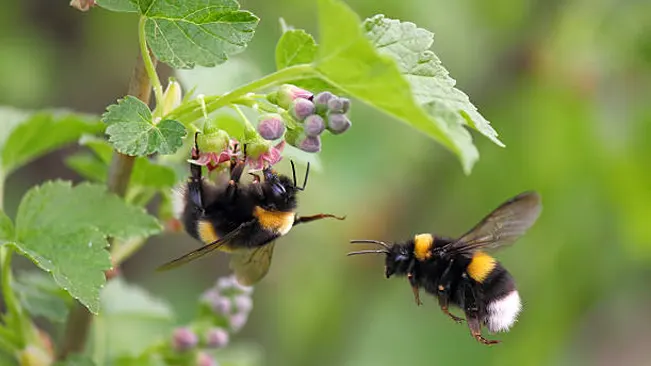
| Characteristics | Description |
| Scientific Name | Bombus |
| Lifespan | The average lifespan of a bumblebee varies depending on its role within the colony. Workers, which are the non-reproductive females, live for a few weeks, while queens, the reproductive females, can live for several months, especially if they hibernate through the winter. |
| Habitat | Forests and grasslands to urban gardens. They prefer areas with an abundance of flowering plants. |
| Diet | Bumblebees primarily feed on nectar and pollen from flowers. Nectar provides them with energy, while pollen is a source of protein. |
| Size | Bumblebees are larger than honeybees but come in various sizes. The common eastern bumblebee (Bombus impatiens) typically measures around 1.2 to 1.6 inches (3 to 4 cm) in length. |
| Range | Bumblebees have a diverse range, primarily in temperate regions of North and South America, Europe, Asia, and some parts of Africa. |
| Behavior | Their behavior includes foraging for nectar and pollen, living in colonies, regulating body temperature, communicating with chemical signals, and playing a crucial role in pollination. |
Social Structure
Bumblebees, with their distinct black and yellow markings, are not just remarkable for their appearance but also their complex social structure. These industrious insects live in colonies, where they exhibit a hierarchical organization consisting of queens, workers, and drones. Each member plays a crucial role in the survival and prosperity of the colony, making the bumblebee social structure a captivating subject of study and observation.
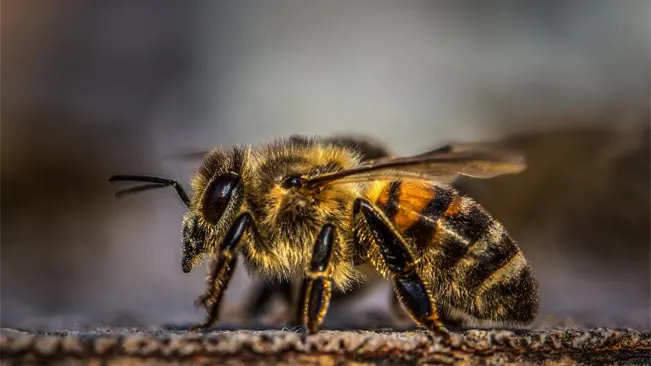
Queen
The queen is the largest bee in the colony and is responsible for laying eggs. She is the sole reproductive individual and is vital to the colony’s survival.
Workers
Non-reproductive females that forage for food, care for the queen and developing brood, and defend the colony.
Drones
Male bumblebees whose sole purpose is to mate with the queen. They do not have stingers and are expelled from the colony once mating occurs.
Behavior and Ecology
Foraging
Bumblebees are important pollinators, and their foraging behavior is crucial for the reproduction of many plant species. They use their long proboscis to access nectar deep within flowers.
Thermoregulation
Bumblebees are capable of regulating their body temperature, which allows them to forage in cooler conditions. They can generate heat by rapidly vibrating their flight muscles.
Nesting
Bumblebee nests are typically found in underground burrows, abandoned rodent nests, or other sheltered locations. The queen establishes the nest and starts laying eggs.
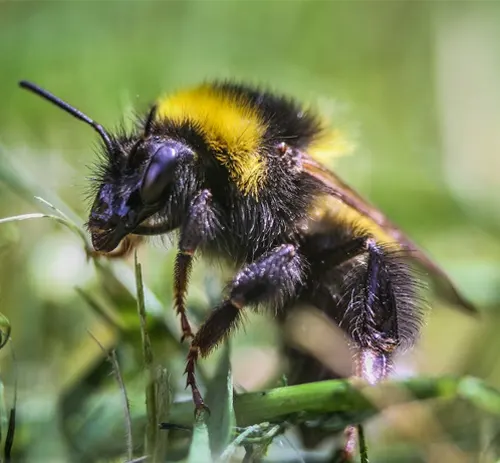
Threats to Survival

Habitat Loss
Urbanization and agricultural expansion have led to the destruction of bumblebee habitats, reducing the availability of food sources and nesting sites.
Pesticide Use
Exposure to pesticides, particularly neonicotinoids, can have detrimental effects on bumblebee populations, leading to decreased foraging ability and colony health.
Climate Change
Changing climate patterns can disrupt the synchronization between bumblebee emergence and flower blooming, impacting their food sources.
Colony Life Cycle
The life cycle of a bumblebee colony is a remarkable journey of growth, reproduction, and adaptation. It begins with a solitary queen’s emergence in spring, leading to the establishment of a bustling community of workers. As the season progresses, the colony expands, culminating in the production of new queens and male drones. Finally, as autumn approaches, the original colony declines, and newly mated queens hibernate, ready to initiate the cycle once more in the coming spring.

- Founding: In the spring, a single overwintered queen emerges, seeks out a suitable nesting site, and begins laying eggs. The first brood consists of workers.
- Growth: As the season progresses, the colony grows, with the queen continuing to lay eggs. Workers forage for food, and the colony reaches its peak size.
- Reproduction: Towards the end of the season, the queen lays eggs that develop into new queens and male drones. These reproductives leave the colony to mate.
- Decline: After mating, the male drones die, and the newly mated queens hibernate through the winter. The original colony, including the workers, dies off.
Role of the Bumblebee Queen
In the intricate world of a bumblebee colony, the queen assumes a central and multifaceted role. She establishes and sustains the colony by creating the nest, laying eggs for worker bees, and producing new queens and drones for reproduction. Her chemical signals maintain harmony within the colony, and her ability to hibernate through winter ensures the colony’s survival, exemplifying her indispensable role in the bumblebee community.

The queen is the cornerstone of the bumblebee colony. She initiates and sustains the colony by:
- Establishing the nest.
- Laying eggs that develop into workers, ensures the colony’s growth.
- Producing new queens and drones for reproduction.
- Releasing pheromones that maintain colony cohesion.
- Hibernating to survive through the winter and start a new colony in the spring.
Conclusion
Bumblebees are more than just insects; they are key players in the health of our environment. They help many plants grow, including crops that we rely on for food. But they are facing big problems like losing their natural homes, harmful chemicals from pesticides, and changes in the climate.
These issues are serious threats to their survival. That’s why we need to take care of them by protecting their habitats, using fewer chemicals, and doing things to fight climate change. By helping bumblebees, we’re also helping our planet and ourselves, because we all depend on the important work these small but mighty creatures do.
Frequently Asked Questions (FAQs)
1. What are bumblebees, and how are they different from honeybees?
Bumblebees are large, fuzzy bees known for their distinctive black and yellow stripes. They differ from honeybees in several ways, including their larger size, rounder bodies, and social structure. Bumblebees live in smaller colonies, have a more flexible nest location, and don’t produce as much honey.
2. Why are bumblebees important?
Bumblebees are crucial pollinators for many wildflowers and crops, including tomatoes, blueberries, and peppers. They help ensure the reproduction of these plants by transferring pollen between flowers, leading to fruit and seed production.
3. How long do bumblebees live?
The lifespan of a bumblebee varies based on its role within the colony. Workers typically live for a few weeks, while queens can live for several months, especially if they hibernate through the winter.
4. Do bumblebees sting, and are they aggressive?
Bumblebees can sting if they feel threatened, but they are generally less aggressive than some other bee species, like wasps. They will often only sting in self-defense, such as when their nest is disturbed.
5. Can bumblebees fly in the rain?
Bumblebees can fly in light rain but tend to avoid flying during heavy downpours. Rain can make their wings heavy and hinder their ability to forage for nectar and pollen.
6. How do bumblebees communicate within their colony?
Bumblebees communicate through a combination of pheromones, body language, and vibrations. The queen releases pheromones to maintain colony cohesion and signal reproductive phases, while workers use different dances and vibrations to convey information about food sources.
7. Are bumblebees endangered?
Many bumblebee species are facing threats, such as habitat loss, pesticide use, and climate change, which have led to population declines. Some species are classified as endangered or critically endangered, while others are considered vulnerable.
8. What can I do to help bumblebees and other pollinators?
You can help bumblebees by planting native flowers in your garden, avoiding the use of pesticides, and providing nesting sites like undisturbed patches of soil or small piles of leaves. Supporting conservation efforts and raising awareness about the importance of pollinators also contributes to their well-being.
9. How can I identify different bumblebee species?
Identifying bumblebee species can be challenging because they come in various colors and patterns. Field guides and online resources with images and descriptions can help you distinguish between different species based on their size, coloration, and markings.
10. Do bumblebees make honey like honeybees?
Bumblebees produce a small amount of honey, but it is primarily used for the colony’s immediate needs rather than being stored in large quantities like honeybees. Bumblebee honey is not harvested for human consumption.


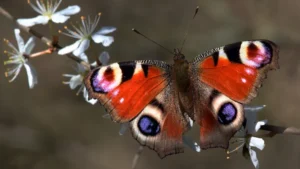
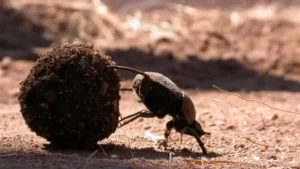
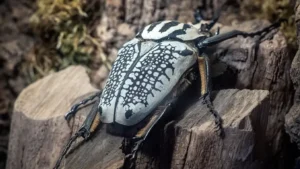

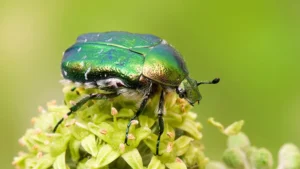
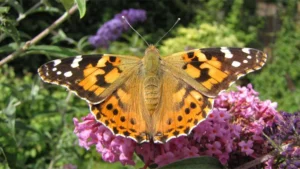

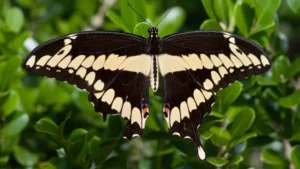
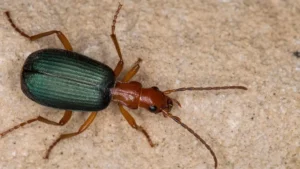
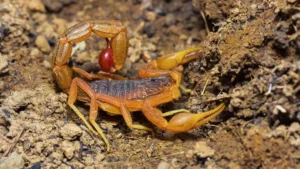

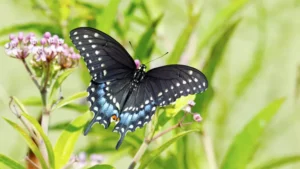
Leave your comment